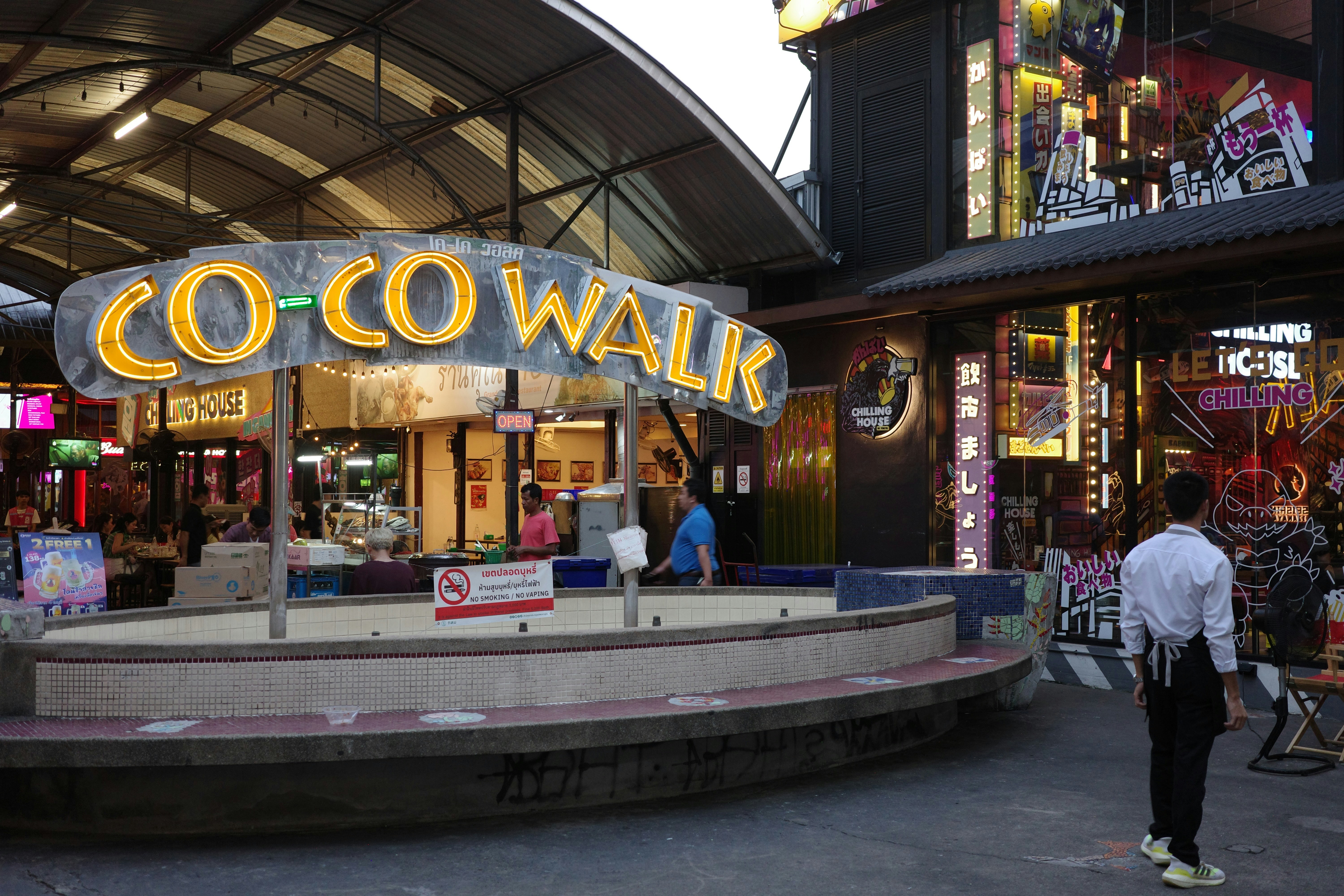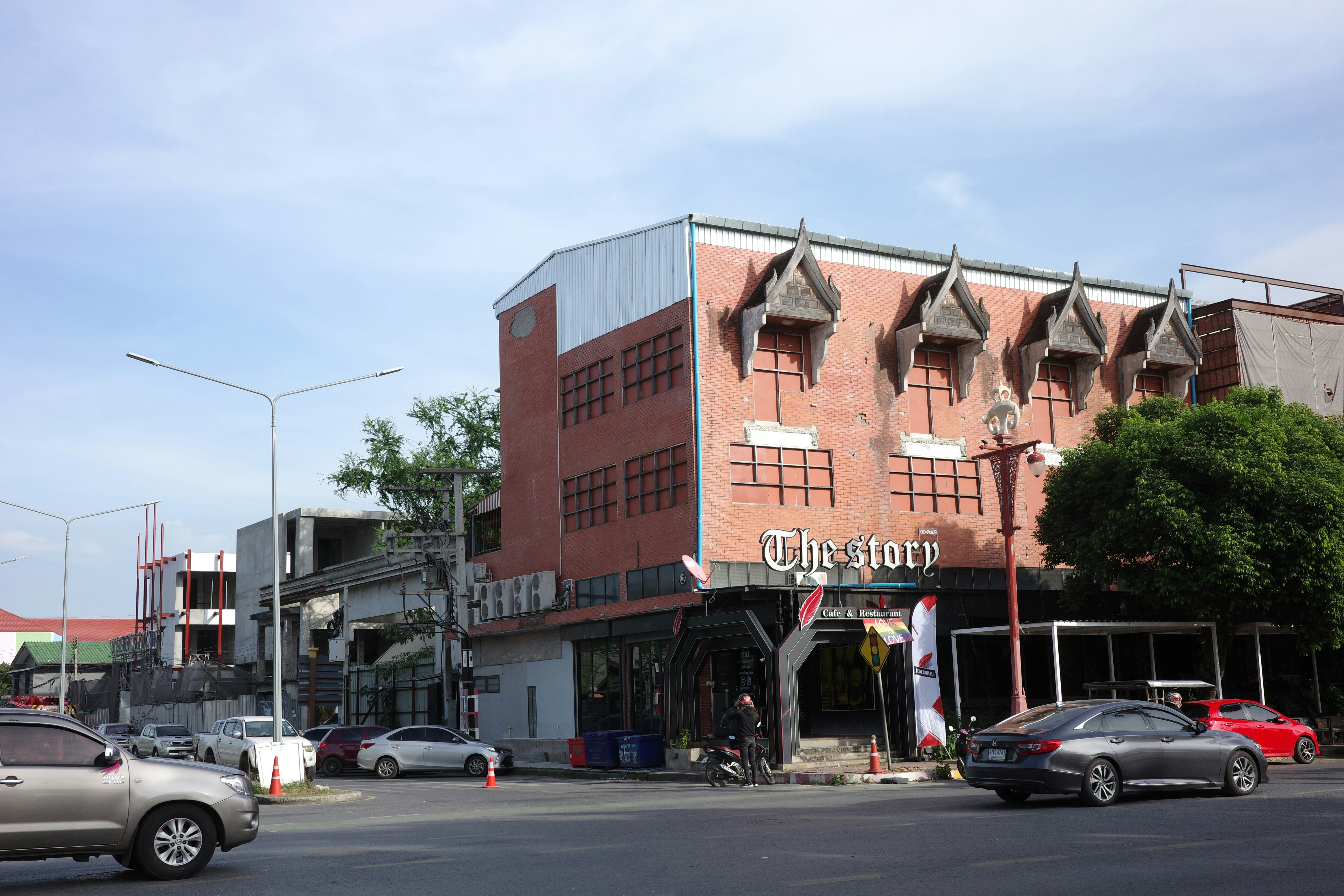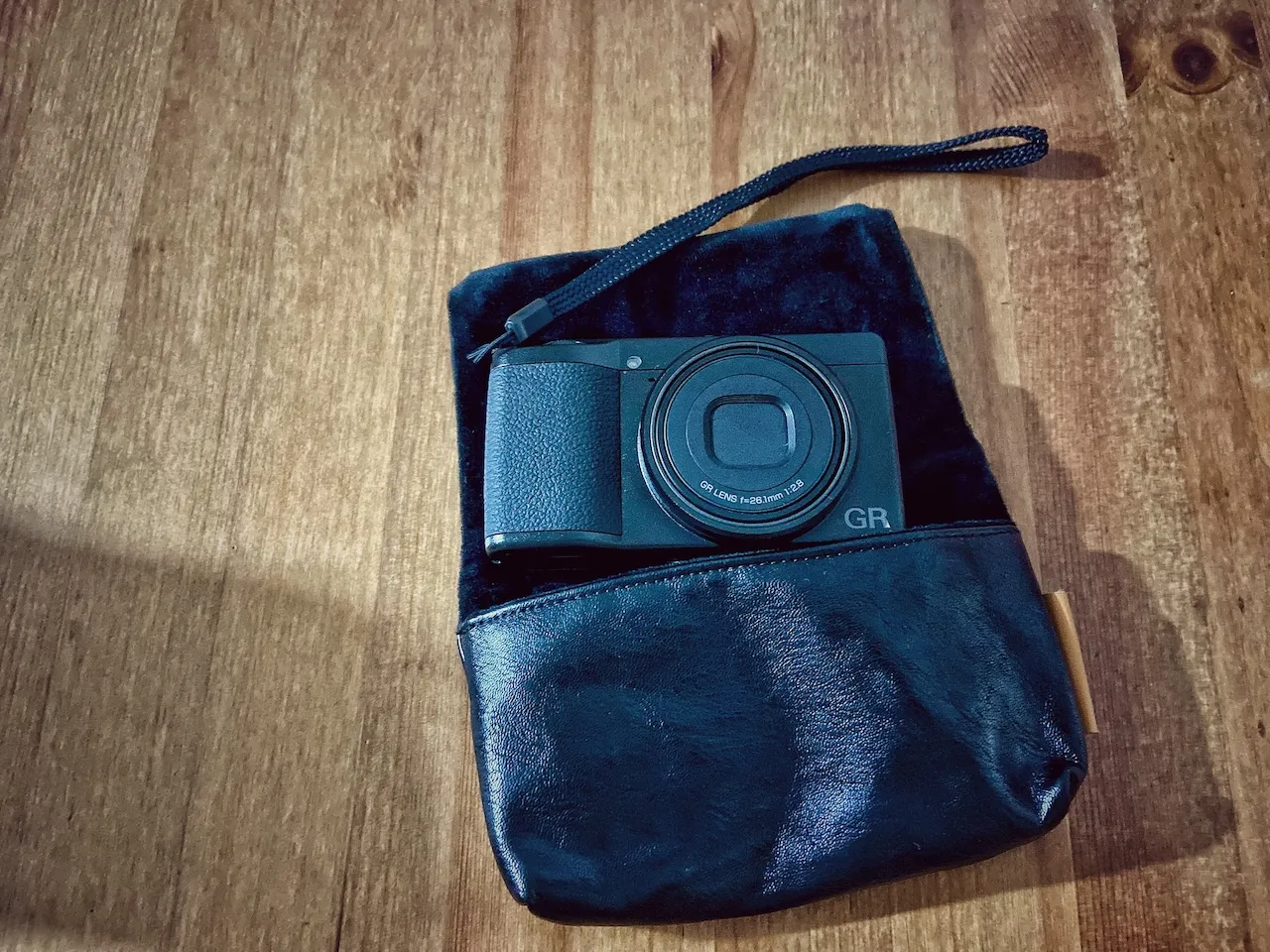As an Amazon Associate I earn from qualifying purchases.
“The best camera is the one that’s with you.” Some say the Ricoh GR IIIx is like a pen that fits your hand. As a GRist, I’m very happy to share my thoughts on this little point-and-shoot camera that could.
“Image quality and response are the means to respond to the photographer’s intentions,” according to Ricoh’s statement on its GR’s story. In addition, it defines “An excellent camera is one that works in concert with the user’s intention, always providing comfortable feedback.”
The Ricoh GR IIIx was released in September 2021. I got my hands on it in 2024, and I’m glad to now have it as my travel companion.
Straight out of the box, the Ricoh GR IIIx feels very solid and minimal. It slips easily into my jeans pocket, yet inside this understated shell lies a sharp 26.1mm equivalent lens (40mm in full-frame terms) and an APS-C sensor. That combo immediately appealed to me—especially given my passion for street photography—offering a natural perspective that’s a bit tighter than the wider GR III (28mm in full-frame).
Ricoh GR IIIx review: A super compact street shooter in Bangkok and Ayutthaya
After spending some quality time with the Ricoh GR IIIx, I feel ready to share my thoughts about this compact yet powerful camera. If you’re considering a portable camera for travel, street, or everyday photography, the GR IIIx deserves serious attention.
Using GR IIIx in Thailand: Bangkok & Ayutthaya



Please note that these photos taken in JPEG. No post production. You can view my photos here taken in RAW file types with post-production.
Thailand is a photographer’s dream. The vibrant chaos of Bangkok and the historical serenity of Ayutthaya offered the perfect testing grounds.
In Bangkok, I walked through Chinatown, Benchakitti Park, and the backstreets around Sukhumvit. The GR IIIx was perfect for candid street shots. Its Snap Focus mode let me zone focus and shoot quickly, silently, and without drawing attention—crucial for authentic street moments.
In Ayutthaya, the camera handled the shifting light among ancient temples beautifully. The details in the bricks, textures of old ruins, and quiet moments of local life were captured with clarity and mood. The image quality was impressive for such a small device—sharp, contrasty, and with great dynamic range.
What I love: the more I use it, the more I enjoy it
- Portability: Truly pocketable. No neck strain, no heavy bag—just grab and go.
- Lens: The 40mm equivalent is a sweet spot between wide and tight, ideal for storytelling.
- Image quality: The APS-C sensor delivers rich detail and low-light performance.
- Customizability: You can tweak the JPEG recipes, assign custom functions, and save presets.
- Snap focus: A killer feature for fast-paced shooting, especially in busy streets.
What could be better
- Battery life: You’ll need a spare. It drains faster than I’d like. And it can get hot easily. (Tip: I don’t use its Bluetooth, Wi-Fi; I prefer to transfer photo files from SD card to my computer via cable)
- No viewfinder: Not a dealbreaker, but in bright sunlight, the LCD can be hard to see.
- Menu system: A bit clunky at first, though customizable buttons help ease the pain.
Some essential accessories:
-
Screen protector: A glass screen protector is widely recommended to safeguard the LCD from scratches and smudges.
-
Wrist strap: Many users prefer a simple wrist strap, such as Gordy’s wrist loop, for secure handling without adding bulk.
-
Extra batteries: While some users find the GR IIIx’s battery sufficient for a day’s use, others suggest carrying an extra battery for extended shooting sessions.
-
Carrying case/pouch: A protective case or pouch is advised to shield the camera from dust and scratches, especially when stored in a bag.
The Ricoh GR IIIx isn’t trying to be everything. It’s not a zoom camera, not built for sports or wildlife, and not meant for those who want full manual lens control. But for everyday photography, street shooting, and quiet documentation of your surroundings, it’s a beautiful tool.
If you’re exploring places like Bangkok or Ayutthaya—or just wandering your own city—this camera gets out of the way and lets you shoot.
GR IIIx vs GR III
The Ricoh GR IIIx and GR III are very similar compact cameras, but the key differences come down to lens focal length and a few subtle usability tweaks.
| Feature | Ricoh GR III | Ricoh GR IIIx |
|---|---|---|
| Lens | 18.3mm f/2.8 (28mm equivalent) | 26.1mm f/2.8 (40mm equivalent) |
| Ideal For | Street, landscapes, wide scenes | Portraits, street details, tighter framing |
| Focal Perspective | Wider, more immersive | More intimate & natural perspective |
| Minimum Focus | 6 cm (macro mode) | 12 cm (macro mode) |
| Body Design | Identical form factor | Identical |
| Firmware Differences | GR IIIx includes minor JPEG tweaks | GR III firmware updates align closely |
So which one?
B07NSMJX2K
Choose GR III if you prefer wide-angle shots, street photography in tight spaces, and travel landscapes. Choose GR IIIx if you want more natural perspective for portraits, tighter composition, or better subject isolation.
The rest of the specs—sensor (24.2MP APS-C), stabilization, controls, and interface—are practically the same.
Updated: 2025 May 23
On May 22, 2025, Ricoh announced the development of GR IV camera, the latest model of the GR-series high-end compact cameras.
Ricoh GR III vs GR IV
As of May 2025, Ricoh has not officially released a GR IV. The latest models in the GR series are the Ricoh GR III and GR IIIx, with some limited editions and firmware updates. While there have been community rumors about a GR IV, nothing has been confirmed by Ricoh Imaging.
Below is a comparison between the Ricoh GR III and the expected/speculated features of a future GR IV:
| Feature | Ricoh GR III | Expected GR IV |
|---|---|---|
| Sensor | 24.2MP APS-C CMOS | 25.74 megapixels |
| Lens | 28mm f/2.8 (equiv.) | 7 elements in 5 groups |
| Image Processor | GR Engine 6 | Updated image engine |
| Autofocus | Hybrid AF (contrast + phase) | Enhanced hybrid AF |
| IBIS | 3-axis in-body stabilization | Improved 5-axis |
| LCD Screen | 3.0” Fixed Touchscreen | 3.0 inch TFT color LCD |
| Video | 1080p at 60fps | 4K video recording |
| Battery Life | ~200 shots per charge | Slightly improved battery |
| Build & Design | Compact, magnesium alloy body | Same size likely |
| Firmware | Snap focus, highlight metering | More custom modes |
My first digital camera was a Nikon D60. Before that, I had a Nikon film camera that my father gave me for my first flight to Europe.
Also good read:
